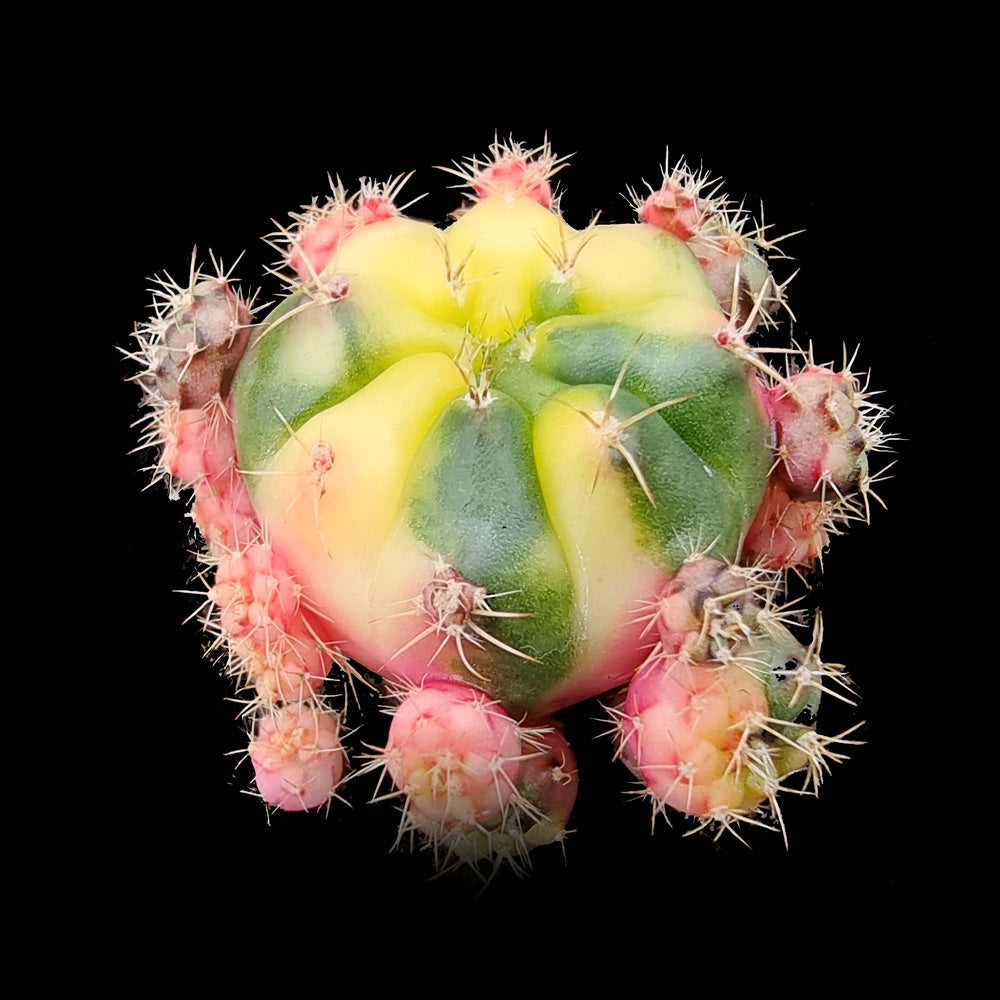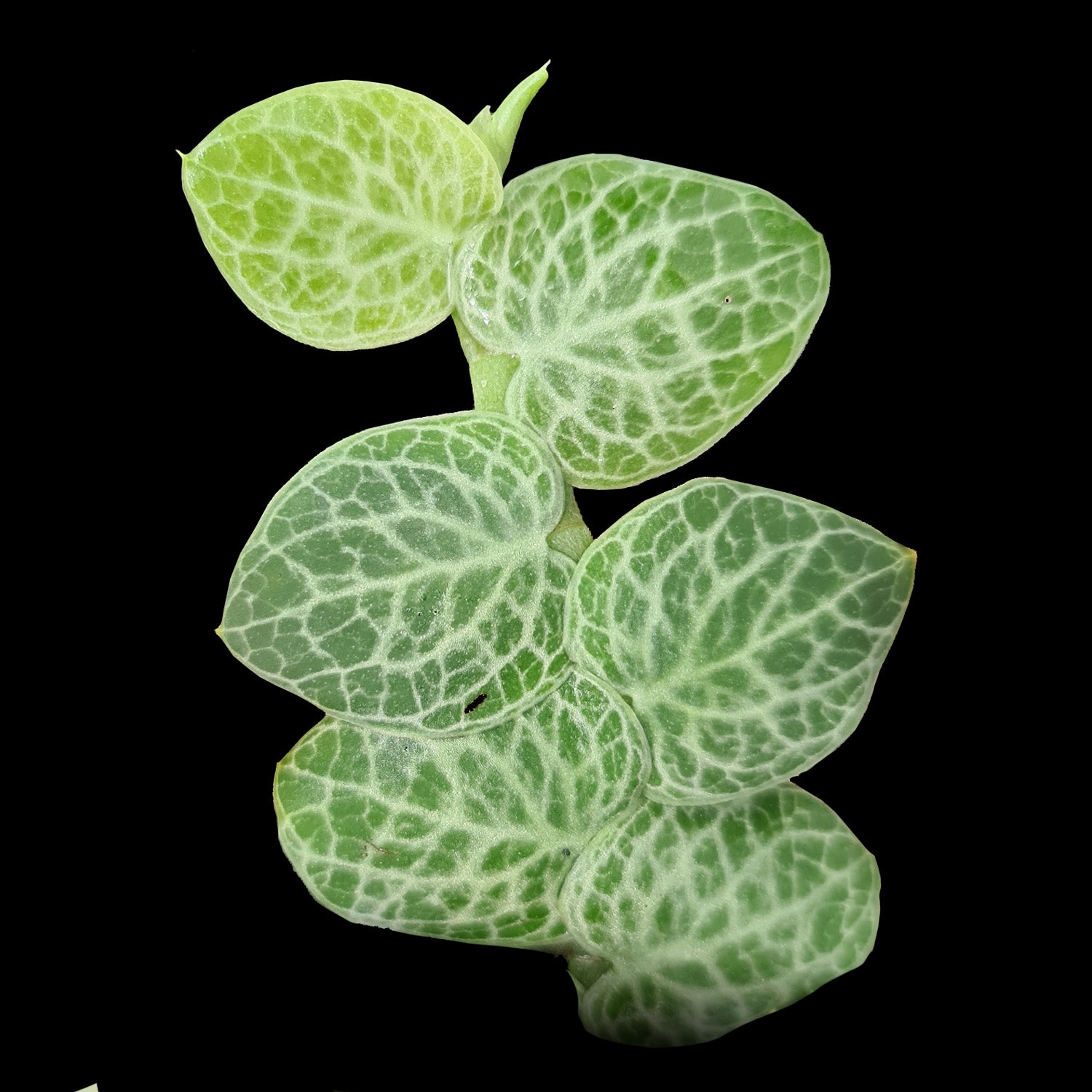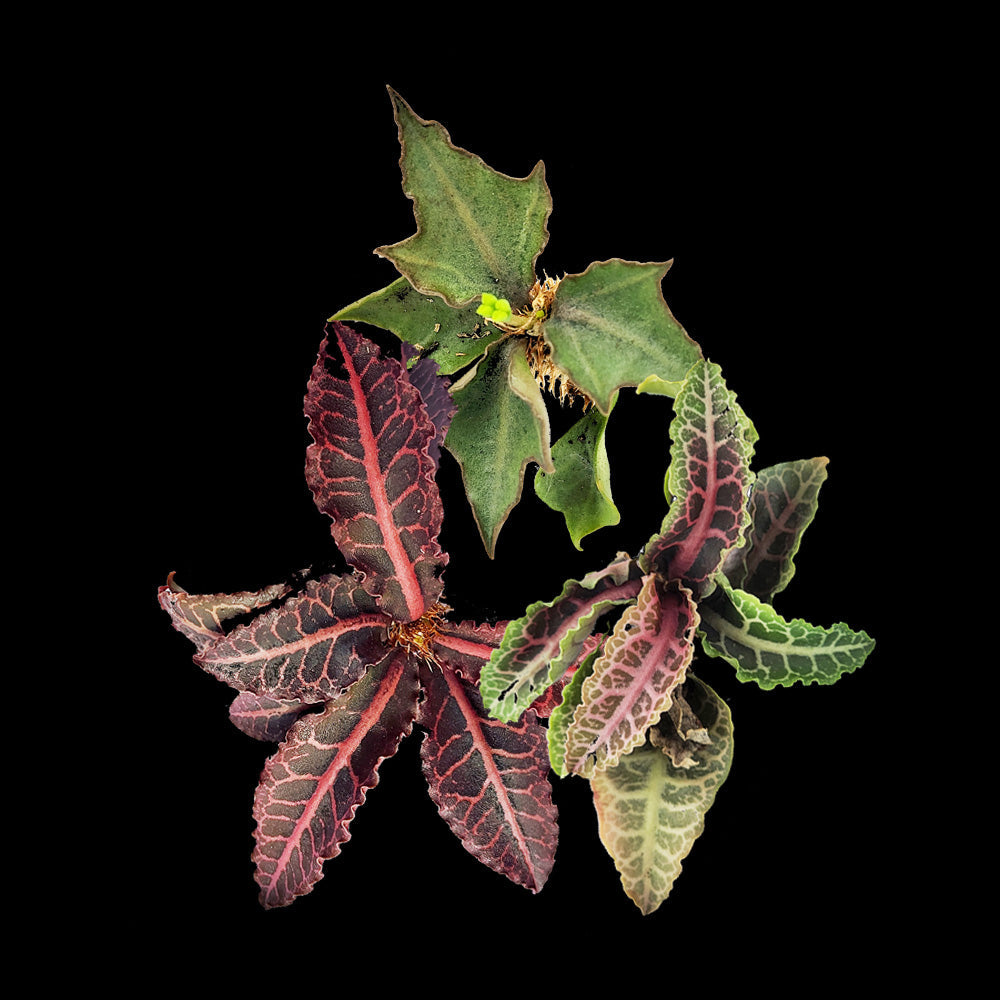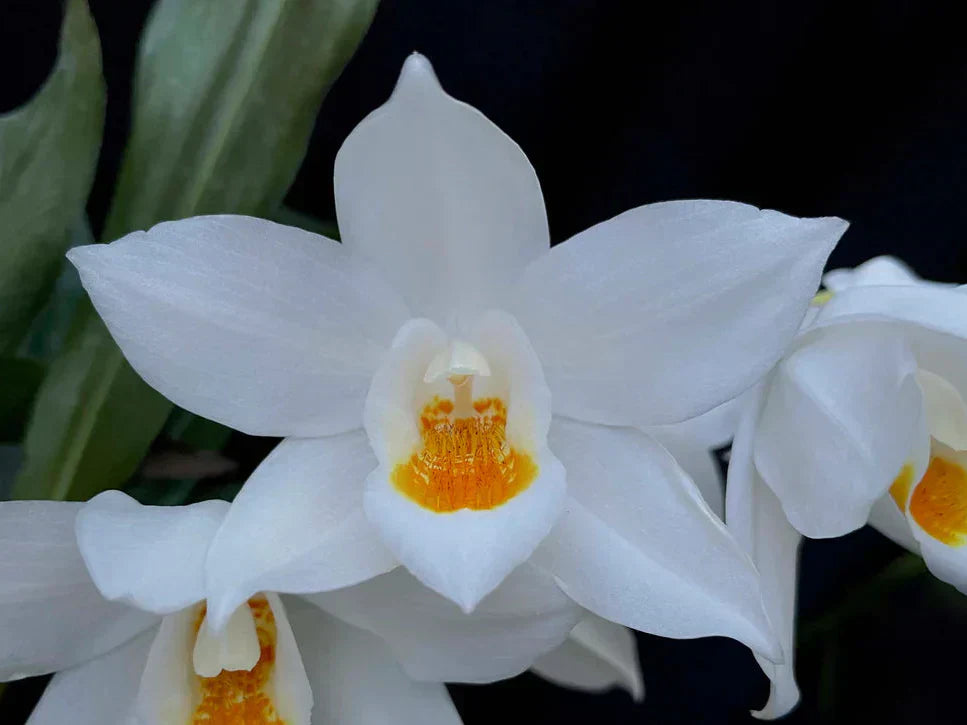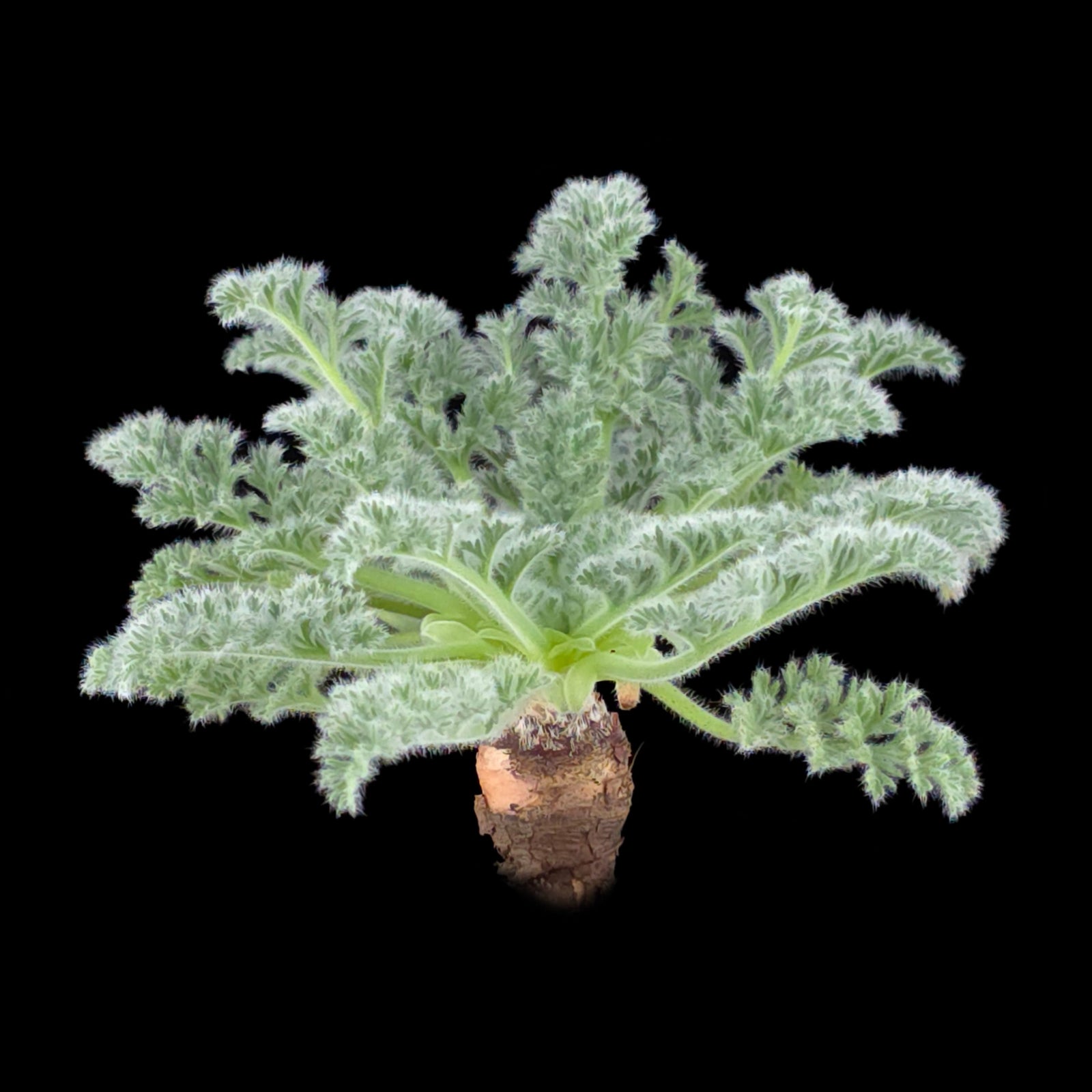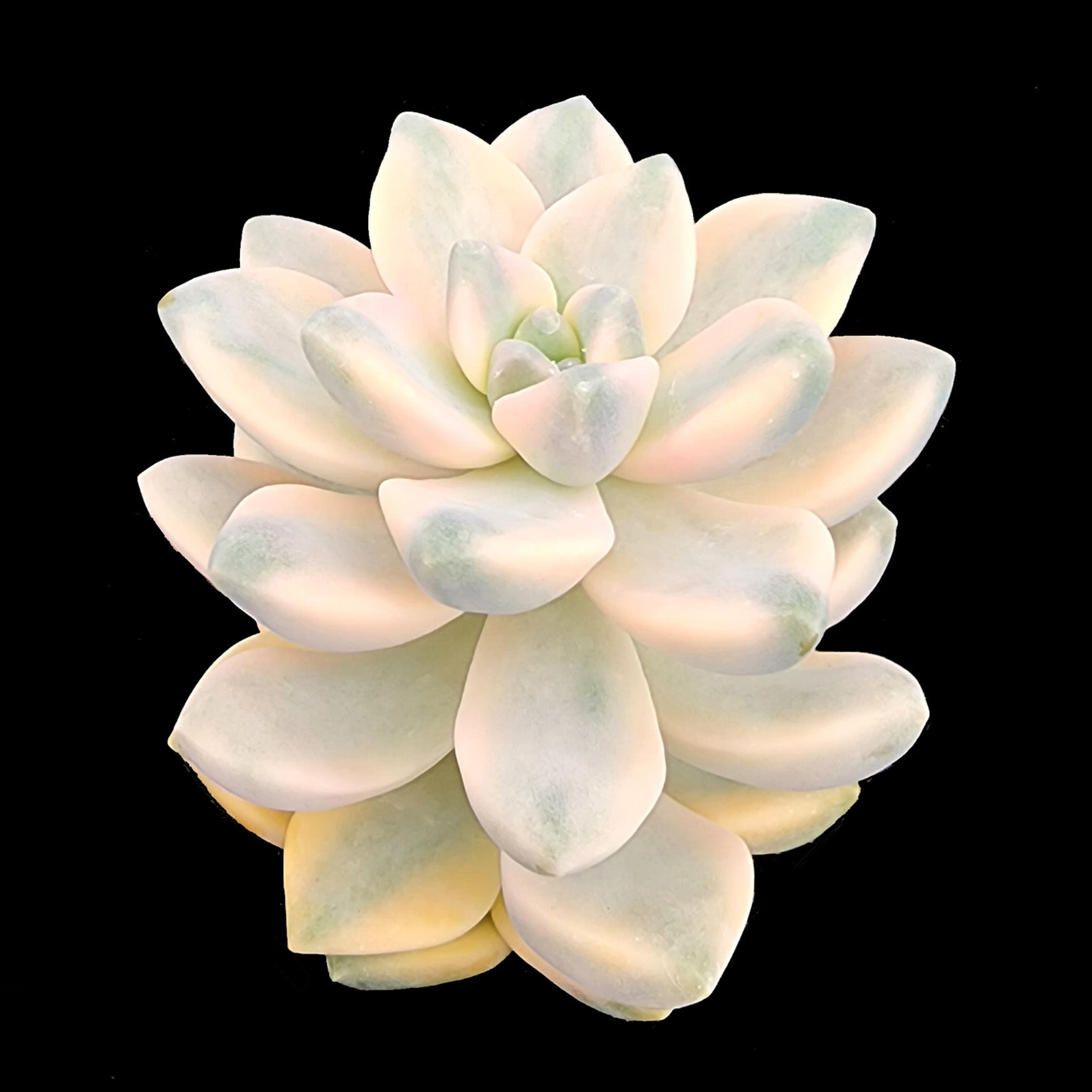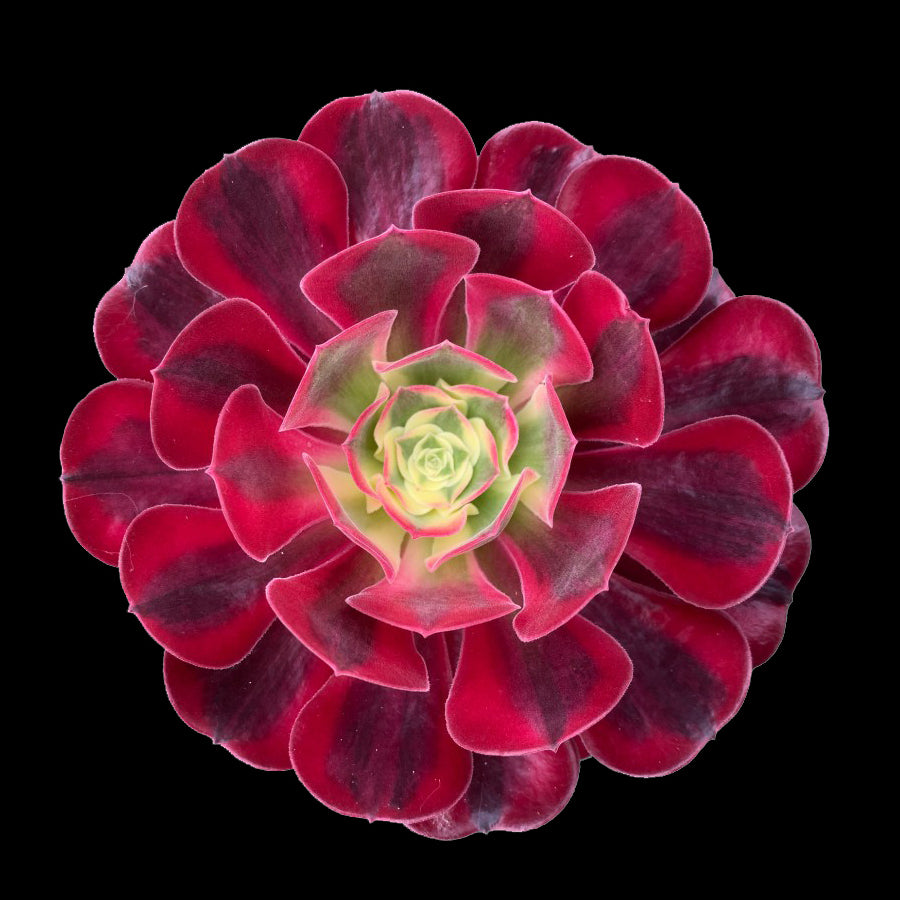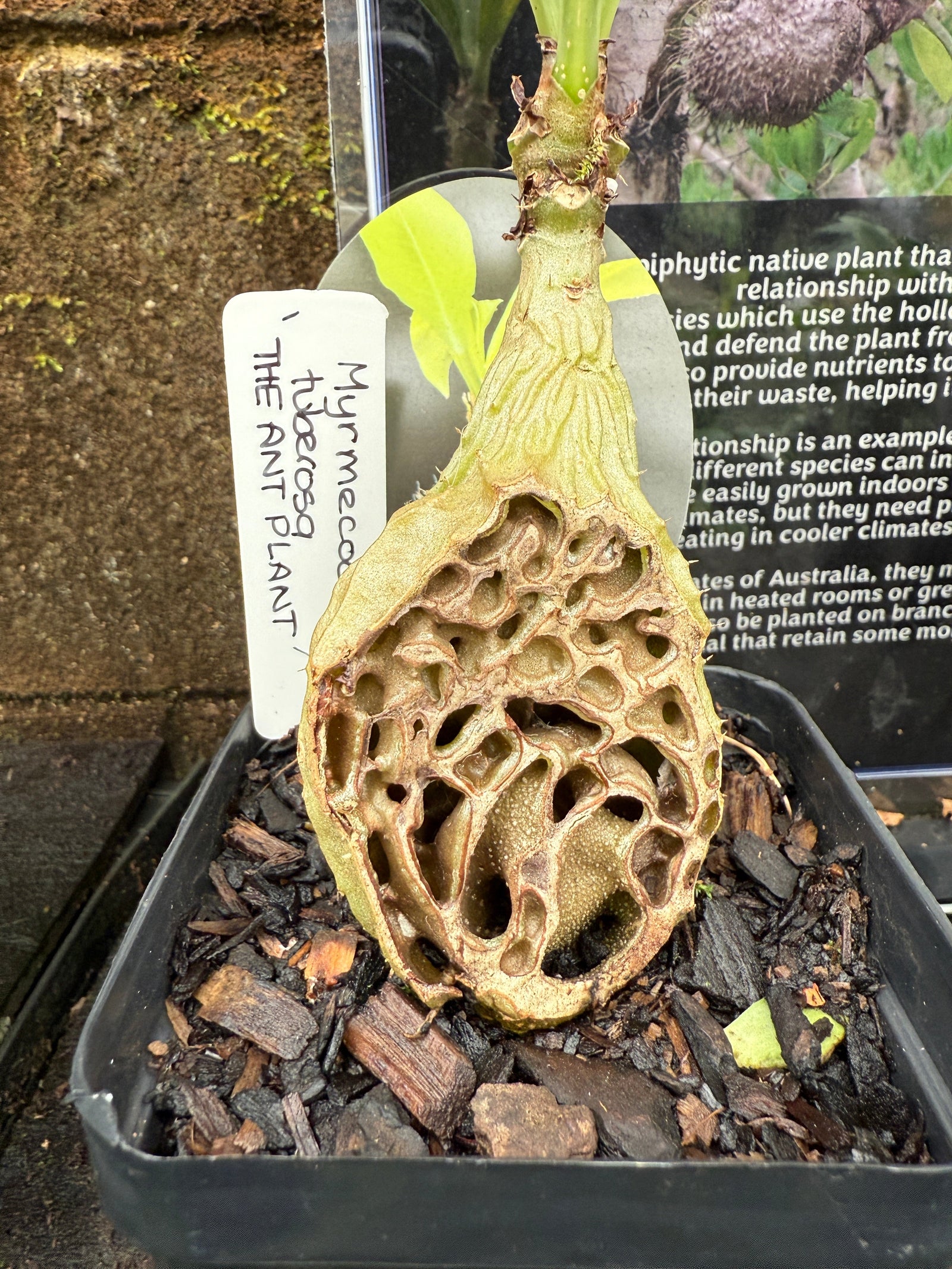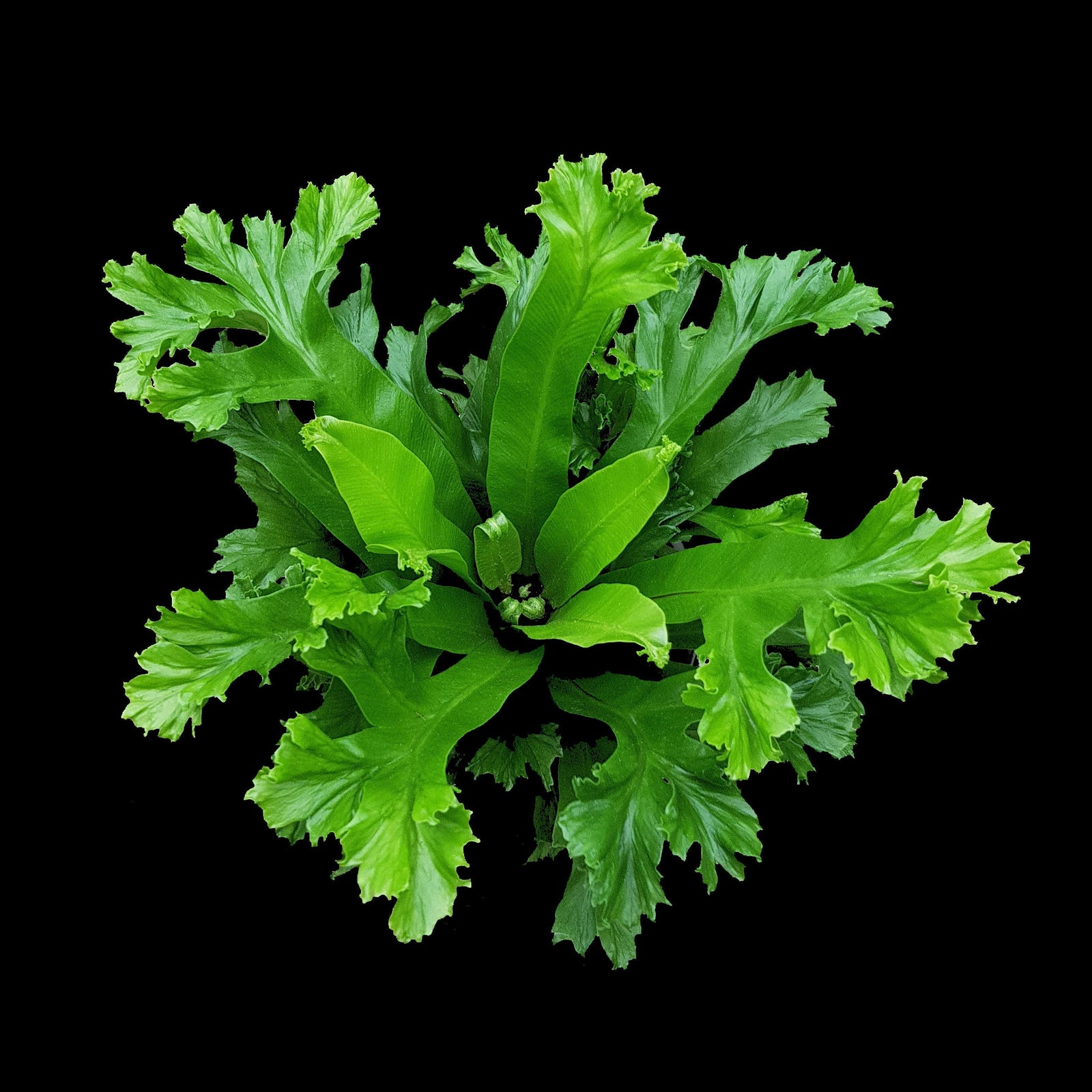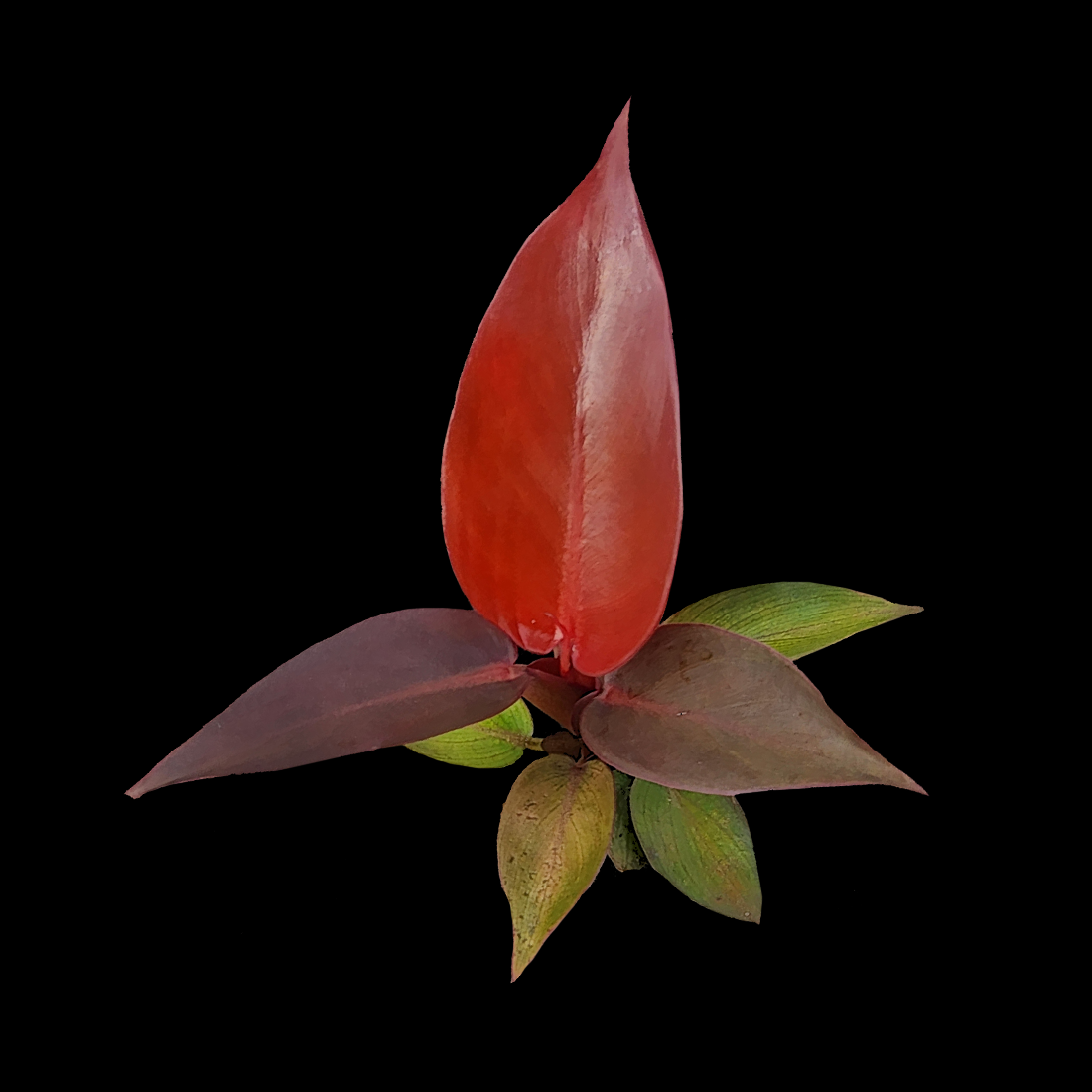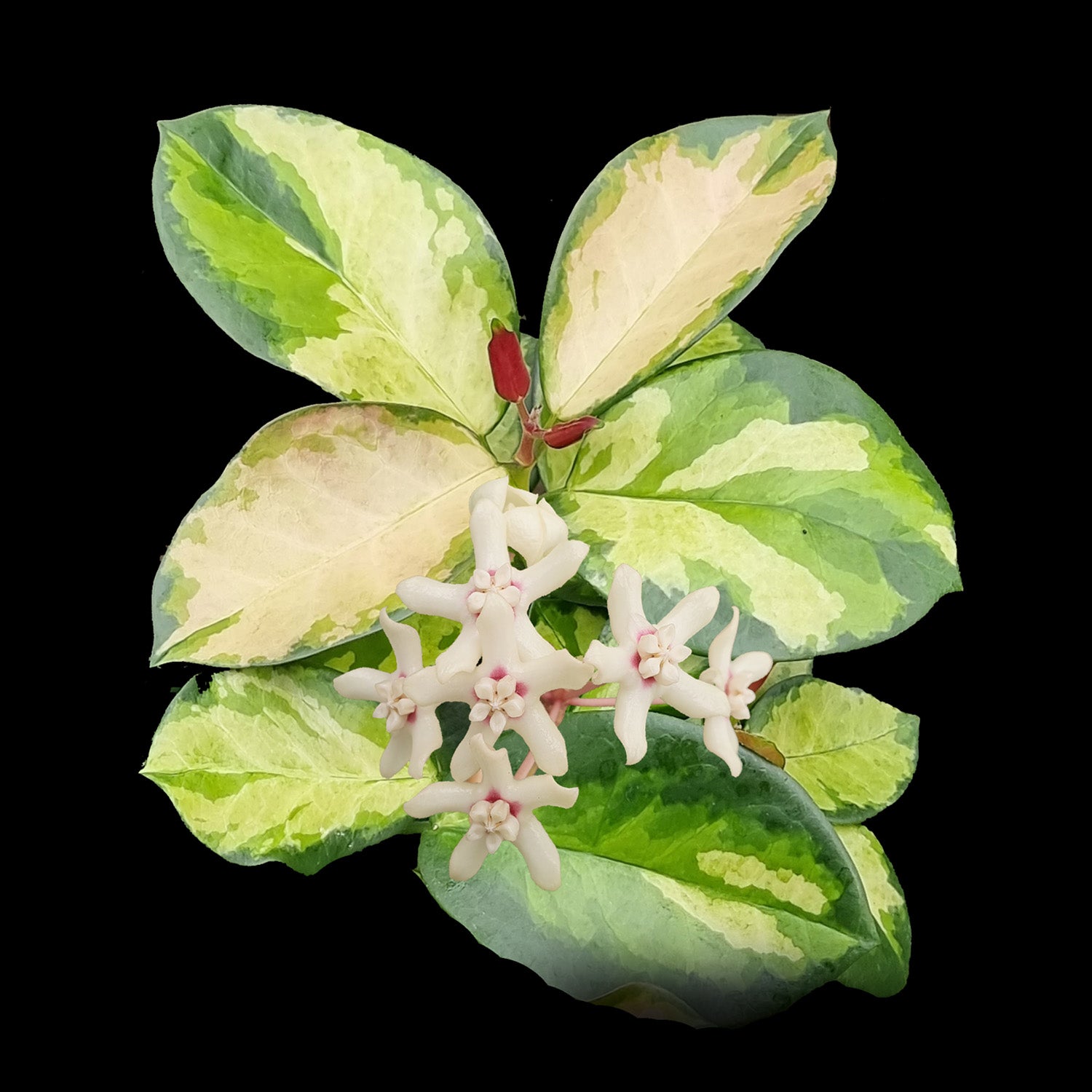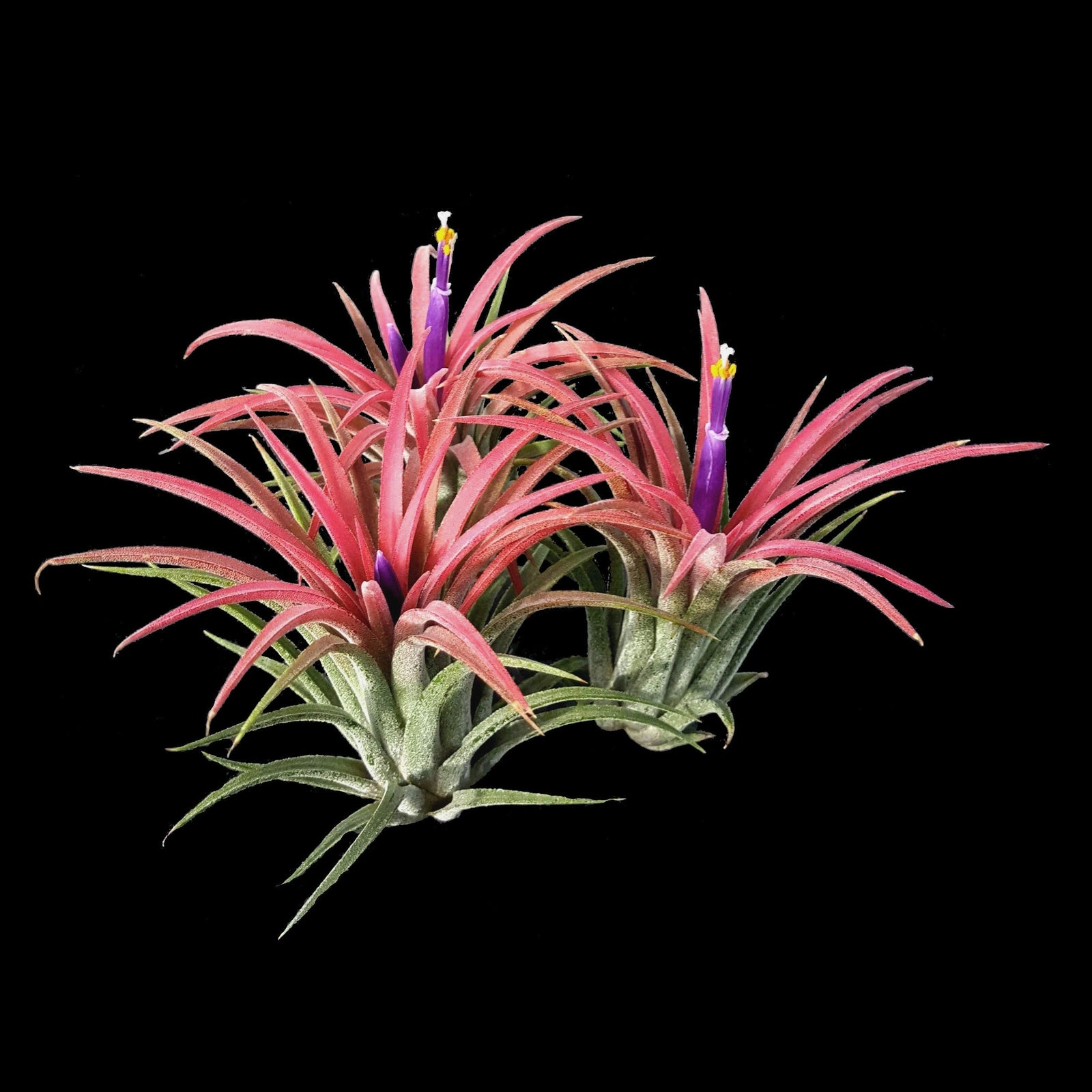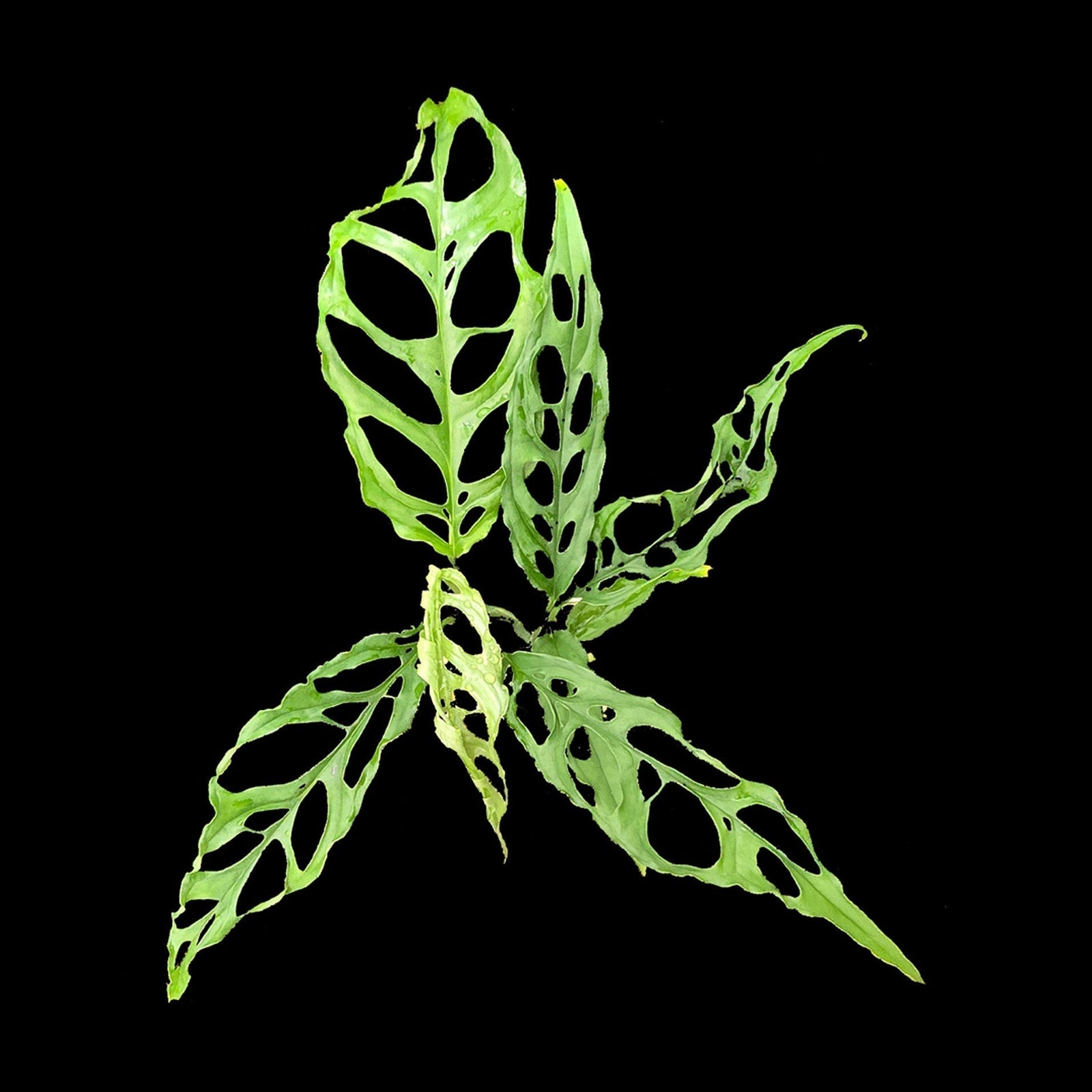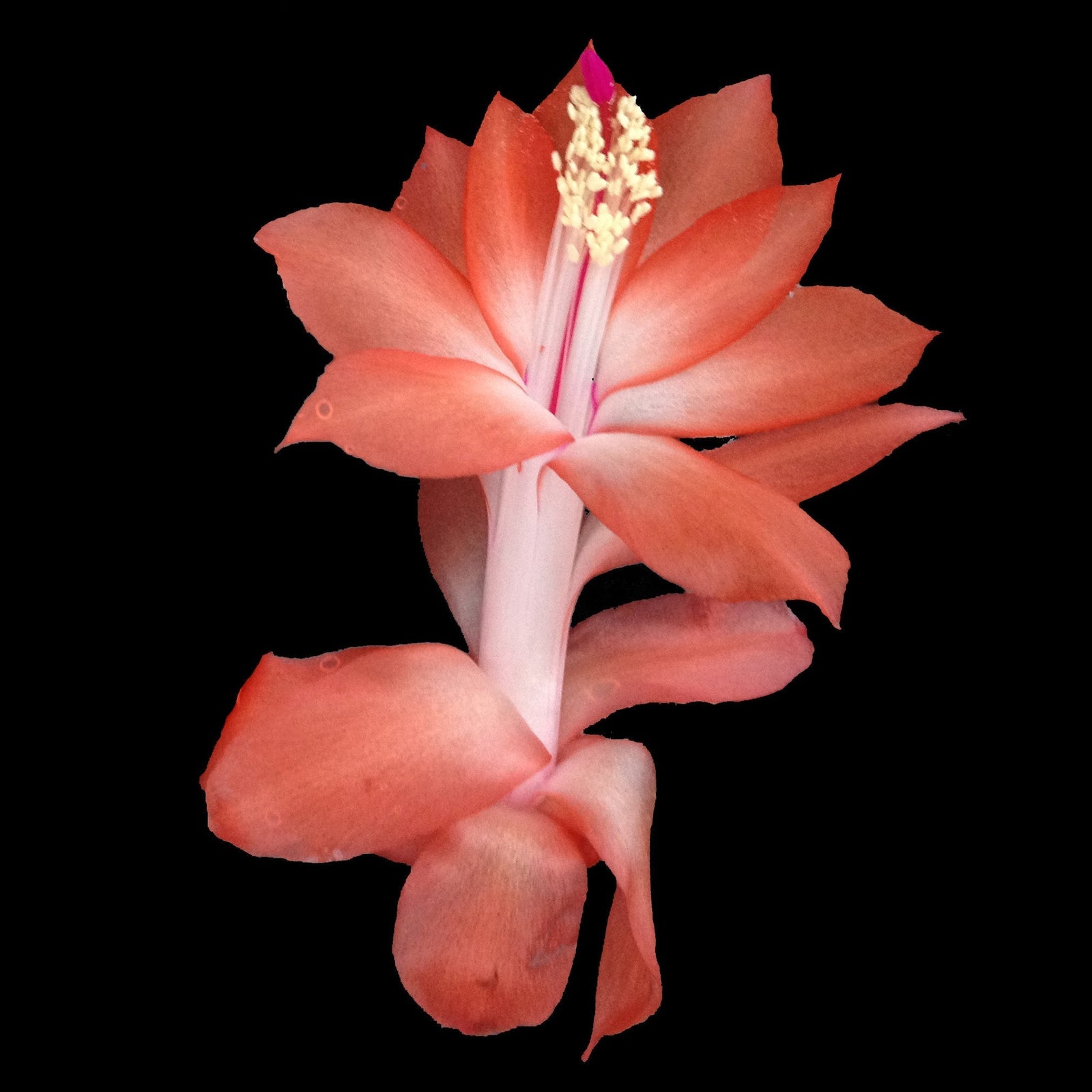Timing and Methods: The Best Time to Propagate
Sundews are prolific growers and can be propagated using several reliable methods. Propagation should only be done during the active growing season.
- Best Time: Spring and Summer are ideal, when the plant is actively growing and the days are long. Never attempt propagation during the dormancy period.
- Materials: You will need fresh sphagnum moss or your standard peat/perlite mix, a sterile razor blade, and a clear plastic bag or humidity dome.
Method 1: Root Cuttings (The Commercial Method)
Root cuttings are the fastest and most reliable method for commercially multiplying many varieties, especially those that form thick, fibrous roots like Drosera capensis and D. spatulata.
- Root Preparation: Unpot the healthy mother plant and gently rinse the roots with Pure Water. Using a sterile blade, cut off several healthy root strands, each approximately 2–3 cm long.
- Planting: Lay the root cuttings horizontally on top of the media, and cover them lightly with a thin layer of media or chopped moss.
- Care: Keep the tray warm and under bright light. Tiny plantlets will begin to sprout from the root pieces within 4–8 weeks.
Method 2: Seed Sowing (The Hobbyist Method)
Sundews are easily grown from seed, which is the most effective way to start a large collection quickly.
- Stratification Note: Most tropical and sub-tropical seeds (like D. capensis) do not require cold stratification and can be sown immediately. Temperate seeds (like D. filiformis) require cold stratification (chilling in the fridge for several weeks) to germinate reliably. This depends on whether your plant requires mandatory dormancy.
- Sowing: Scatter the fine seeds directly onto the surface of a pot filled with damp peat/sand mix. Do not cover the seeds, as they need light to germinate.
- Germination: Keep the pot very warm and consistently moist. Germination often occurs rapidly within 2–4 weeks.
Method 3: Leaf Cuttings
Similar to VFTs, you can pull a healthy leaf and place it on damp moss. While less reliable than root cuttings for most varieties, it is a method often used as a backup.






























